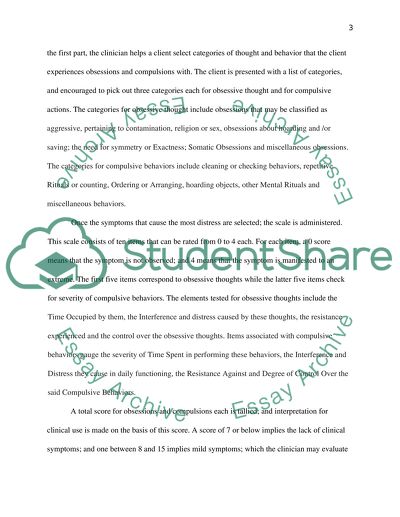Cite this document
(“The Yale-Brown Obsessive Compulsive Scale as a Measure of OCD Essay”, n.d.)
The Yale-Brown Obsessive Compulsive Scale as a Measure of OCD Essay. Retrieved from https://studentshare.org/psychology/1432109-psychological-personality-assessent
The Yale-Brown Obsessive Compulsive Scale as a Measure of OCD Essay. Retrieved from https://studentshare.org/psychology/1432109-psychological-personality-assessent
(The Yale-Brown Obsessive Compulsive Scale As a Measure of OCD Essay)
The Yale-Brown Obsessive Compulsive Scale As a Measure of OCD Essay. https://studentshare.org/psychology/1432109-psychological-personality-assessent.
The Yale-Brown Obsessive Compulsive Scale As a Measure of OCD Essay. https://studentshare.org/psychology/1432109-psychological-personality-assessent.
“The Yale-Brown Obsessive Compulsive Scale As a Measure of OCD Essay”, n.d. https://studentshare.org/psychology/1432109-psychological-personality-assessent.


